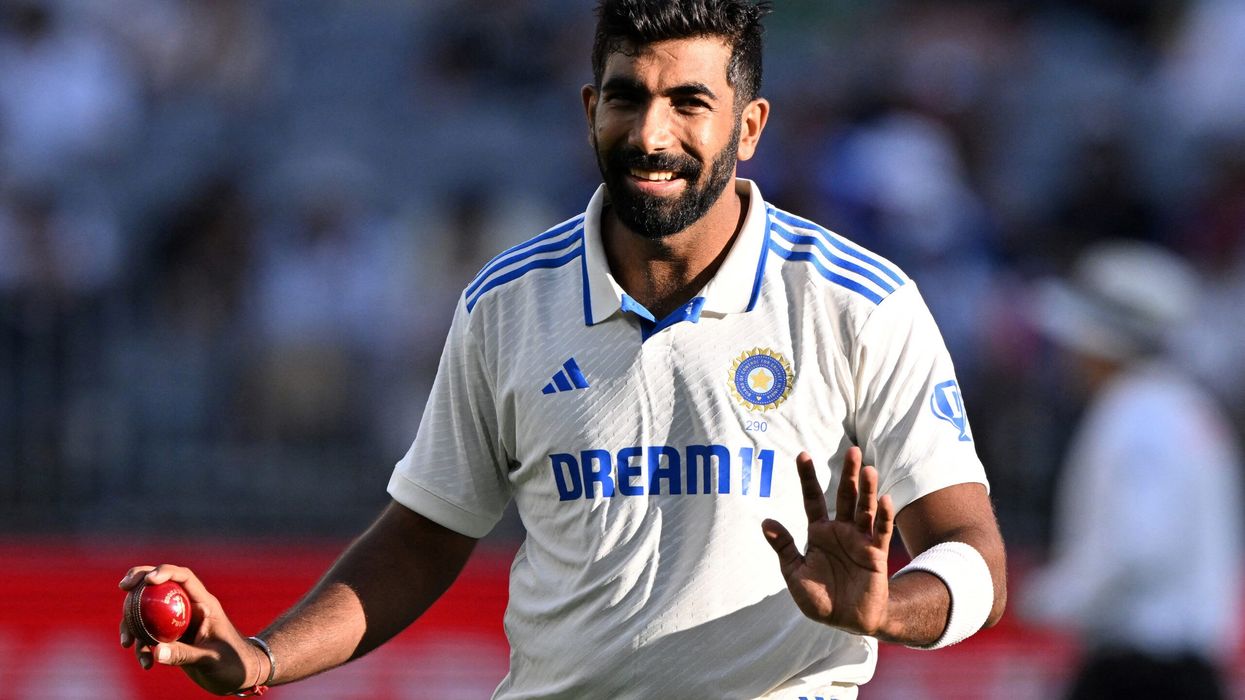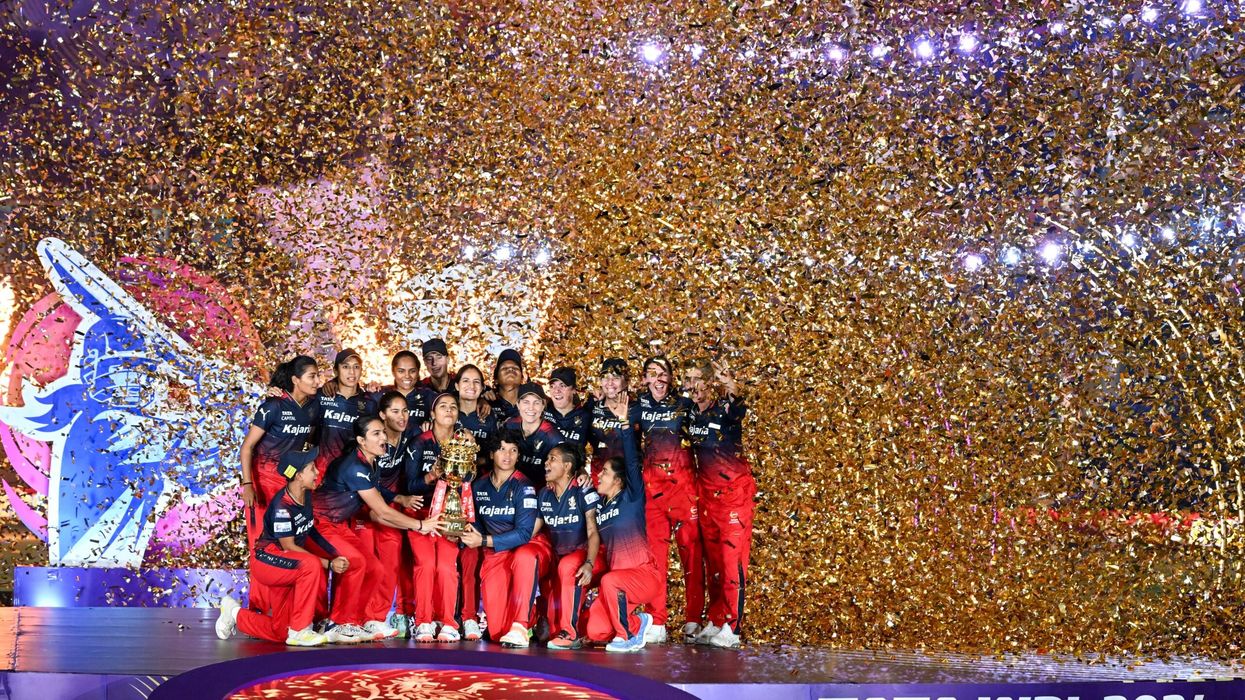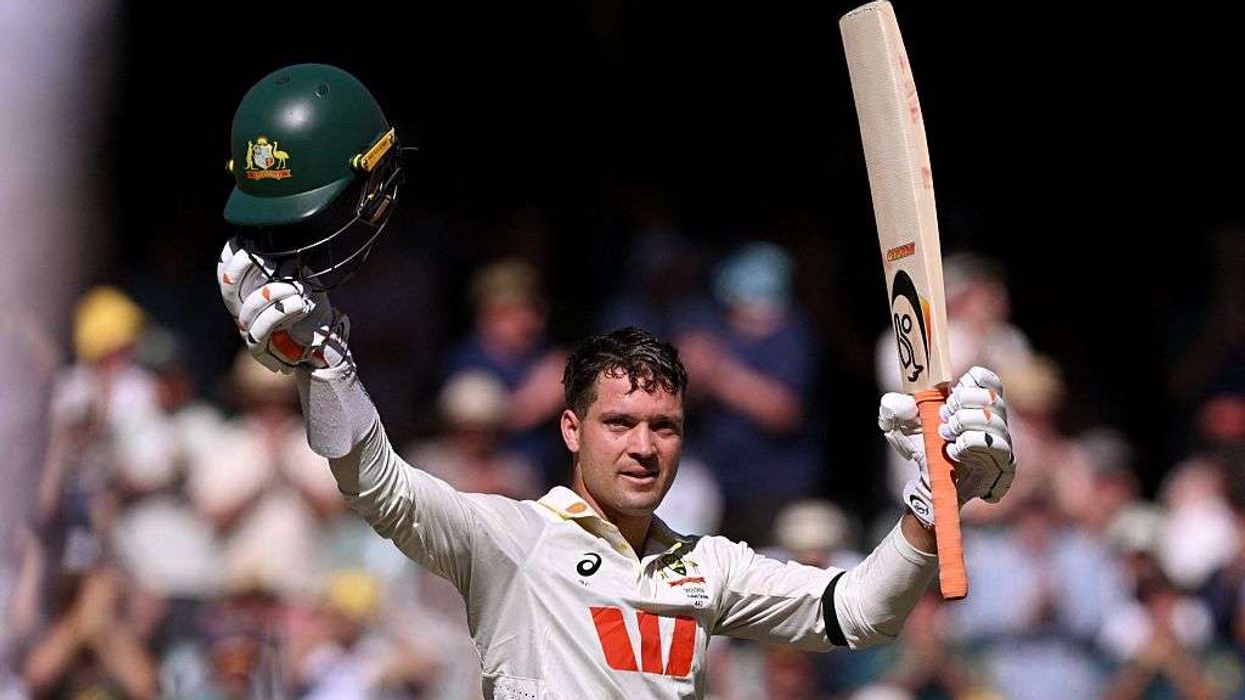There was no stopping the golden run of India's junior shooters with Hriday Hazarika claiming the men's 10m air rifle top honours before the women's team combined for a new world record and gold at the ISSF World Championships on Friday.
Hazarika, the lone Indian to qualify for the men's final with a score of 627.3, was tied with Iran's Mohammed Amir Nekounam on 250.1 once the field was pruned to the regulation top eight.
But the 17-year-old Indian clinched the yellow metal after prevailing in a shoot-off at the prestigious International Shooting Sport Federation (ISSF) tournament.
The bronze went to Russia's Grigorii Shamakov, who managed a score of 228.6 in the final.
The women's 10m air rifle team of Elavenil Valarivan (631), Shreya Agarwal (628.5) and Manini Kaushik (621.2) then produced a sensational performance to total 1880.7 for a gold with a world record to boot.
The score by Elavenil, a junior world cup gold-medallist, was also a new junior world record.
The men's team, comprising Hazarika, Divyansh Panwar and Arjun Babuta, finished fourth with a combined total of 1872.3.
There was disappointment for the country in the senior men's 50m rifle three position competition as none of the Indians in fray managed to make the cut for the finals. Asian Games silver-medallist Sanjeev Rajput was the lowest placed Indian at 58th with a score of 1158.
Swapnil Kusale was 55th with a score of 1161 while Akhil Sheoran took the 44th position with 1167.
The Indian team, comprising the trio, ended 11th with a total of 3503.
(PTI)











